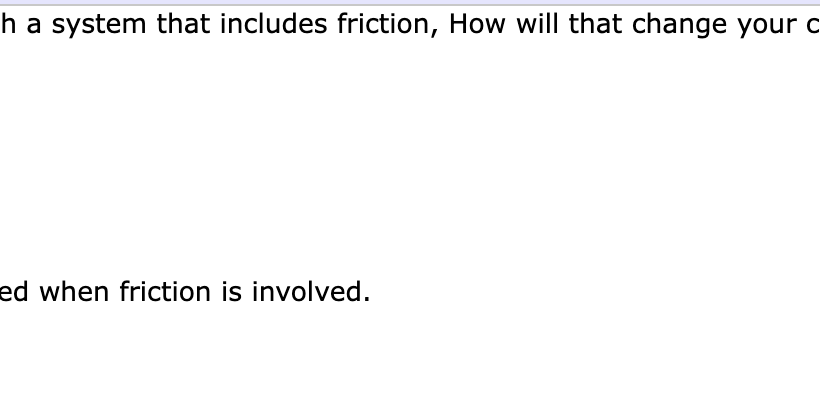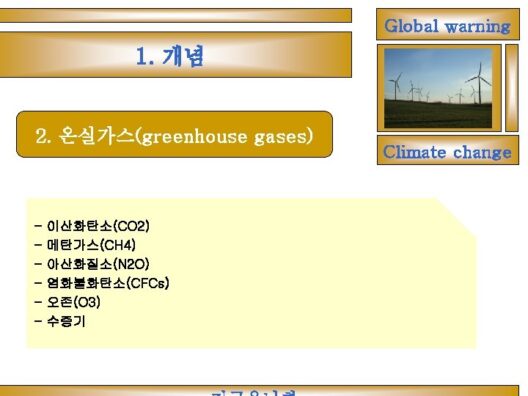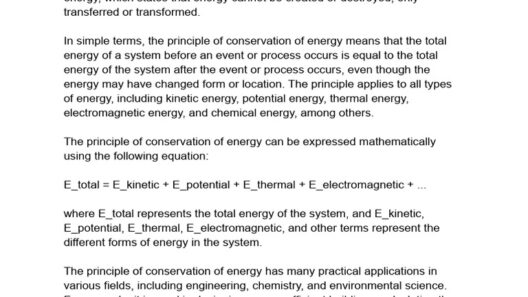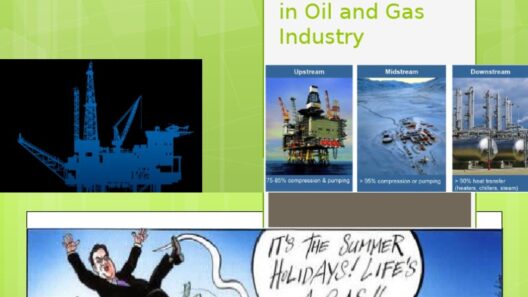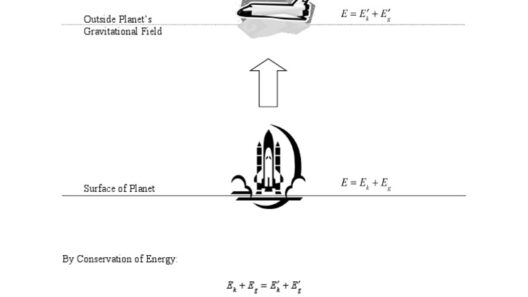Friction is an omnipresent force in our daily lives, often overlooked yet profoundly influential in various terrestrial and mechanical systems. This subtle antagonist works against the flow of energy, manifesting itself in numerous forms and applications. Its multifaceted role as an energy thief warrants a thorough examination, particularly in the context of energy conservation.
To grasp the significant impact of friction on energy conservation, one must first understand its fundamental nature. Friction arises when two surfaces come into contact, creating resistance against motion. This force can emerge in several varieties, including static friction, kinetic friction, and rolling friction. Each type affects energy transfer differently and contributes, albeit uniquely, to energy dissipation.
Static Friction
Static friction is the force that must be overcome to initiate movement. This resistance is crucial in many applications, from holding objects in place to ensuring stability in mechanical systems. However, while it plays a vital role in preventing unwanted movement, it also requires a significant initial energy input to overcome. In scenarios where energy conservation is of utmost importance, such as in renewable energy systems, static friction can be an invisible hurdle that must be efficiently managed.
Kinetic Friction
Once motion is initiated, kinetic friction takes over. This force continuously opposes the movement of objects, generating heat as energy is dissipated. In machines, this energy loss is critical; not only does it reduce the efficiency of the system, but it can also lead to potential mechanical failure over time due to overheating and wear. The conversion of mechanical energy into thermal energy is a prime example of how friction acts as an energy thief, diminishing the overall efficiency of the system. Reducing kinetic friction, therefore, becomes paramount in enhancing energy conservation efforts in mechanical design and engineering.
Rolling Friction
Unlike static and kinetic friction, rolling friction occurs when an object rolls over a surface. It is generally less impactful than its counterparts but still contributes to energy loss in transportation systems. For example, vehicles experience rolling friction between their tires and the road, which can significantly affect fuel efficiency. Optimizing tire design and surface materials can mitigate this frictional force, leading to improved energy conservation in transportation. The pursuit of enhanced fuel efficiency not only saves energy but also reduces greenhouse gas emissions, aligning with environmental sustainability goals.
The Role of Surface Texture
A fascinating aspect of friction is its dependence on the surface texture of materials. Surfaces that are rough will generate higher friction compared to smoother surfaces. This principle is particularly relevant in industrial applications, where the choice of materials can drastically impact energy conservation. While rough surfaces may provide better grip and stability, they can also exacerbate energy loss due to increased friction. Engineers and manufacturers must balance these characteristics to achieve optimal performance without sacrificing energy efficiency.
Friction in Everyday Life
The implications of friction extend far beyond mechanical systems; they permeate our daily lives. Household appliances, such as refrigerators and washing machines, all experience frictional losses that reduce their efficiency. In transportation, the friction between vehicle components can lead to increased fuel consumption. This inefficiency can compound over time, contributing to higher energy bills and increased environmental impact. Awareness of these frictional effects can inspire consumers to make informed decisions about the products they use and their energy consumption patterns.
Friction and Renewable Energy Systems
Friction’s role within renewable energy systems, such as wind turbines or hydroelectric dams, cannot be overstated. In wind turbines, kinetic friction at various points can lead to lower energy conversion efficiency. Similarly, in hydroelectric systems, the friction loss in pipe flow can decrease overall energy output. Engineers must focus on optimizing system designs to minimize resistance and maximize energy conservation, which is vital for enhancing the reliability and efficiency of renewable energy technologies.
Strategies for Mitigating Frictional Losses
Minimizing the energy lost due to friction involves adopting various strategies. The use of lubricants is a time-tested method of reducing frictional forces in mechanical systems. However, the choice of lubricant must be meticulously considered, as some lubricants can have their own environmental implications. The development of advanced materials, such as low-friction coatings and smart materials, holds promise in addressing friction without compromising efficiency.
Furthermore, an understanding of biomechanics can reveal ways to optimize movement in both human and mechanical systems. For example, incorporating ergonomics in tool design can enhance efficiency, reducing the energy expended while using hand tools. Such mindfulness toward frictional effects can lead to substantial gains in energy conservation across various domains.
Conclusion
The often-overlooked force of friction plays a pivotal role in energy conservation, acting as a hidden thief of energy in numerous applications. From its various forms—static, kinetic, and rolling—to its impacts on everyday life and renewable energy systems, understanding friction’s implications is essential for advancing energy efficiency. By innovating materials, optimizing designs, and employing strategic methods to mitigate friction losses, society can foster an environment that emphasizes energy conservation. Effectively managing friction can contribute to a more sustainable future, one that prioritizes energy efficiency and environmental stewardship.


